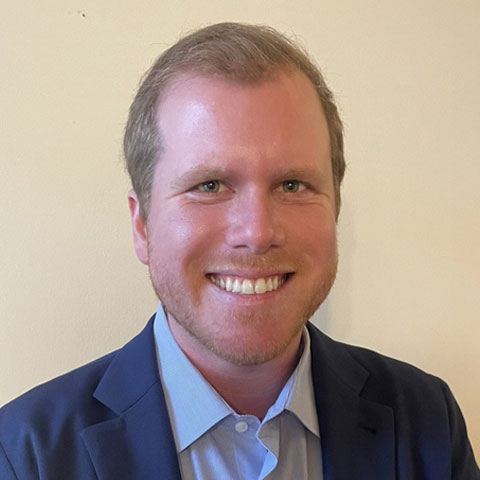Set Yourself Apart: Use Learning Pathways as a Recruiting Strategy
In the wake of the Great Resignation, people are reassessing what their career means to them and how they want to grow professionally. Even more importantly, they are asking themselves how this growth aligns with their personal goals.









